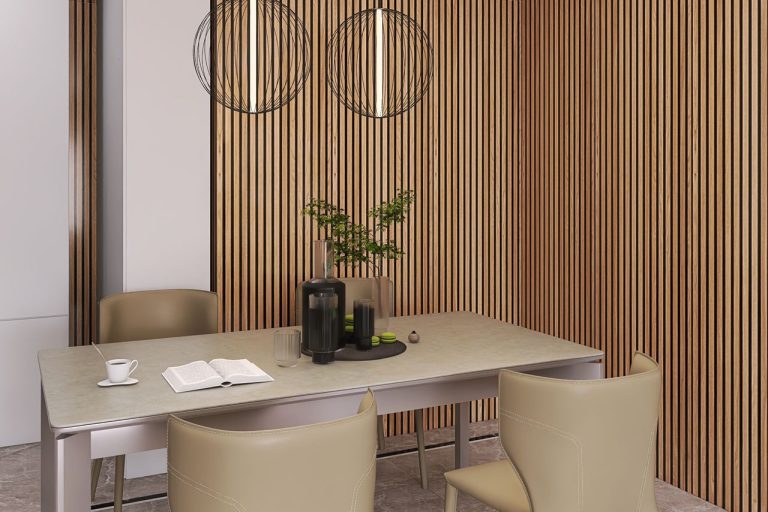Convenient Laundromat in San Francisco: Self-Service & Full-Service Laundry SolutionsConvenient Laundromat in San Francisco: Self-Service & Full-Service Laundry Solutions
Convenient Laundromat in San Francisco: Self-Service & Full-Service Laundry Solutions

When it comes to laundry day in San Francisco, convenience and efficiency are key. Between packed work schedules, compact apartments, and unpredictable weather, finding a laundromat in San Francisco that fits your needs can make all the difference. Whether you’re looking for a quick self-service option or need someone to handle your weekly load, the city has a variety of laundromat services tailored to urban living.
Why People Use Laundromats in San Francisco
Living in the city often means small living spaces, which usually translates to no in-unit washer or dryer. Many older apartment buildings in neighborhoods like the Mission, Marina, and Tenderloin lack these amenities altogether. Laundromats fill that gap with fast, accessible laundry solutions for residents on the go.
Here’s why laundromats are essential:
Time-Saving: Get multiple loads done simultaneously.
Cost-Effective: Pay-per-load pricing without investing in machines or maintenance.
Space-Saving: Avoid cluttering your home with bulky appliances.
Efficient for Travelers: Ideal for visitors needing quick laundry service during extended stays.
Types of Services Offered
Self-Service Laundry
The traditional coin or card-operated washers and dryers are a staple in most laundromats. Machines typically range in size from small top-loaders for light loads to large front-loaders for comforters and bulk laundry.
Key features include:
Open 7 days a week, often with extended hours.
Machines available in 20 lb to 80 lb capacities.
Seating areas, vending machines, and free Wi-Fi in many locations.
Wash and Fold
Perfect for busy professionals or families, this service allows you to drop off dirty laundry and pick it up clean, folded, and ready to wear. Clothes are sorted by color and fabric type, washed according to care instructions, and returned neatly packaged.
Pickup and Delivery
Many laundromats in San Francisco offer app-based pickup and delivery options. This door-to-door convenience lets you schedule laundry pickups from your home or office and get them returned within 24 to 48 hours.
Commercial Laundry
Local businesses like gyms, spas, salons, and small hotels use commercial laundry services for towels, uniforms, and linens. These bulk services are tailored with flexible pickup schedules and volume discounts.
Neighborhood Laundry Trends
Different parts of San Francisco have different laundry needs, and local laundromats reflect those demands.
Mission District: Offers large-capacity washers for families and shared living households.
SoMa & Financial District: Caters to young professionals with express wash-and-fold and mobile scheduling.
Haight-Ashbury & Castro: Known for eco-friendly options and community-focused services.
Outer Richmond & Sunset: Often home to larger laundromats with plenty of machines and off-street parking.
Eco-Friendly Laundry Options
In line with San Francisco’s commitment to sustainability, many laundromats have adopted green practices. Features you’ll often find include:
High-efficiency washers that use less water and energy.
Detergents that are biodegradable and free of harsh chemicals.
Reusable laundry bags instead of single-use plastic.
Solar panels powering parts of the facility.
Choosing a laundromat that aligns with green standards helps you reduce your footprint without sacrificing quality.
What You Can Expect to Pay
Laundry costs vary depending on the machine size, detergent use, and service level.
| Service Type | Estimated Price |
|---|---|
| Small Washer (20 lb) | $3 – $4 per load |
| Large Washer (60 lb) | $7 – $9 per load |
| Dryer Use | $0.25 – $0.50 per 10 min |
| Wash & Fold Service | $1.75 – $2.25 per pound |
| Pickup & Delivery | May include $5–$10 service fee |
Some laundromats offer discounts for students, seniors, or repeat customers. Check for deals during mid-week or off-peak hours.
Tips for Using a Laundromat in San Francisco
Bring your own detergent: Some spots sell it, but it’s cheaper to bring your preferred brand.
Use off-peak hours: Early mornings or late evenings are typically less crowded.
Sort laundry before arriving: It saves time and keeps machines moving smoothly.
Set timers: Avoid waiting around or losing your spot by timing your loads.
Be courteous: Clean out lint trays and remove clothes promptly to keep the flow respectful.
Laundromat Etiquette 101
Because shared space means shared responsibility, it’s good to follow common practices:
Don’t leave clothes unattended for long periods.
Wipe down machines after use.
Avoid overloading washers or dryers—they clean better when properly filled.
Use the right detergent—HE (high-efficiency) detergent for HE machines.
Who Benefits Most from Laundromats
Students: Close to campuses and affordable.
Renters: Especially in older units without hookups.
Tourists: Great for extended stay visitors or families.
Business Owners: Use commercial laundry options for linens and uniforms.
Modern Convenience Meets Traditional Utility
The laundromat in San Francisco has come a long way from the basic coin-op model. With Wi-Fi, charging stations, coffee vending machines, and kid-friendly zones, modern locations are more than a place to wash clothes—they’re efficient community hubs.


